Moreover the building form determines the volume of space inside a building that needs to be. Cold Dry Regions Regions that lie in the cold climate zone are situated at the high altitudes.

Considerations For Building Design In Cold Climates Modlar Com
It is based on the principle that you should use enough insulation and careful design.

Building passive design cold climate regions. Low in winter with high. Design for climate requires that homes be designed or modified to ensure that the occupants remain thermally comfortable with minimal auxiliary heating or cooling in the climate where they are built. Construction types include prefabricated straw bale timber frame SIP combination and mixed steel and timber frame.
You have to make sure your walls roof and floor configurations are appropriate for the climate youre building for. With the rapid urbanization and the widespread use of personalised heating and cooling systems there is a need to inform building designers and city authorities about passive design measures that can achieve nearly optimal conditions. While in winter in rages from -3 8 C making it quite chilly.
Essential features in designing of a house Building will have sloping roof. The building form determines the air flow pattern around the building directly affecting its ventilation. Colder climates benefit from a very low thermal transmittance expressed in Wm2K.
Impact of passive design parameters on adaptive comfort in cold semi-arid climates was conducted. That means your configuration must transmit the lowest quantity of heat possible. The temperatures ranges between 20 30 C in summers.
But it would be a pitfall just to apply the Central European Passive House design especially the details used for insulation windows and ventilation and just copy these to a completely different situation because. Passivhaus Library in Spain. The region in this climate is usually flat with sandy or rocky ground conditions.
The mechanism of heating and cooling equipment is usually referred to as a system. A building can be climatized by an air-conditioning system and is then called an active house andor by the building itself and is then called a passive house. MATE REGIONS Cold Climate Region The principle of maximum heat gain and minimum heat loss stands out in build-ing designs in these regions because of the rainy and cool weather.
A cold and very cold climate will require more insulation than a milder climate however the amount needed is also determined by the complexity of the building geometry. Natural cooling the reverse of passive heating involves heat gain control and the dissipation of heat to natural heat sinks the sky the atmosphere and the earth. However the impacts of passive design measures on thermal comfort in cold semi-arid regions are seldom studied.
Most of these identified design strategies are applied in the vernacular houses. Passive design strategies take advantage of natural energy opportunities as they relate to the location of the buildings site the local climate and the sites microclimate if relevant and the properties of building materials notes Christine Robbins-Elrod AIA LEED AP BDC WELL AP GACP associate principal at 5G Studio Collaborative in Dallas. HIMURJA OFFICE BUILDINGSHIMLA The Himurja building is a multi-storeyed office that is located on a sharply sloping site and employs a number of passive solar strategies well suited for the Cold and Cloudy climate of Shimla.
Building designs vary according to context of its location and climate. Climate of Shimla Solar Radiation. In predominantly hot regions buildings should be ideally oriented to minimize solar gains the reverse is applicable for cold regions.
In the cool temperate climate the building design should be optimized for solar passive heating protection from the cold in winter compact settlement pattern and building layout high thermal mass of walls and floors but light well insulated roof and medium sized. Orientation also plays an important role with regard to wind direction. Passive design working with the climate not against it is an important component as are energy efficient heating and cooling systems and smart behaviour by the occupants.
A representative residential building was simulated and calibrated in Quetta Pakistan to identify key design parameters for optimal thermal comfort. The Passivhaus or Passive House standard was developed in Germany and has spread around the world. 3 Active and passive houses Improving the climatic design of public buildings could affect the design of informal private buildings surrounding it by giving some good ideas and examples.
Some countries have constructive manuals that specify the minimum allowed thermal transmittance by climate region. Heavy very thick stones walls protect the inhabitants. In this climate it is imperative to control solar radiation and movement of hot winds.
It is also a good example of how to integrate renewable energy systems into the design of a building. Windows will have wooden panels. The building design criteria should thus provide appropriate shading reduce exposed area and increase thermal capacity.
Most building designers are becoming familiar with passive heating designs including systems for collecting regulating storing and the distributing solar energy. Heat loss should be reduced. Multi-layered and nested interior spaces that keep the heat inside and the cold air outside should be designed in cold climate regions.
The reverse is applicable for cold regions. Timber paneled wall will be used instead of brick or stone. In predominantly hot regions buildings should be ideally oriented to minimize solar gains.
A method rather than a building style In Central European Climate there is a lot of practical experience on how to build Passive House buildings. However the underlying principle remains the same maximising amount of solar radiation in winter and minimizing the amount in summers. In passive building designs the system is integrated into the building elements and materials the windows walls floors and roof are used as the heat collecting storing releasing and distributing system.

Cold And Cloudy Climatic Region

Passive Design An Overview Sciencedirect Topics
Https Www Ripublication Com Irph Ijert Spl17 Ijertv10n1spl 06 Pdf

Building Orientation For Passive Design Archi Monarch

Passive Strategies In Your Design Using Cove Tool Automation
Https Www Ripublication Com Irph Ijert Spl17 Ijertv10n1spl 06 Pdf
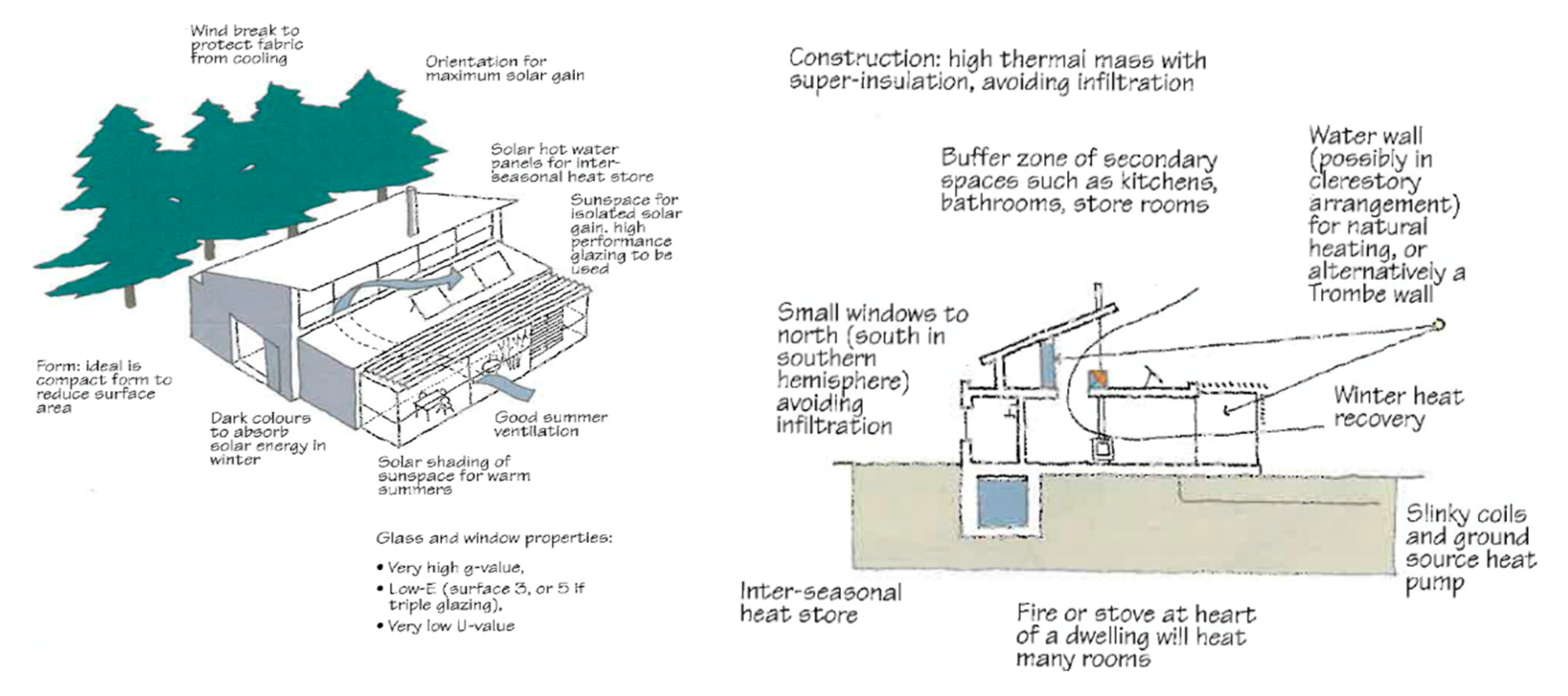
Sustainability Free Full Text Near Zero Energy Buildings In Lebanon The Use Of Emerging Technologies And Passive Architecture Html
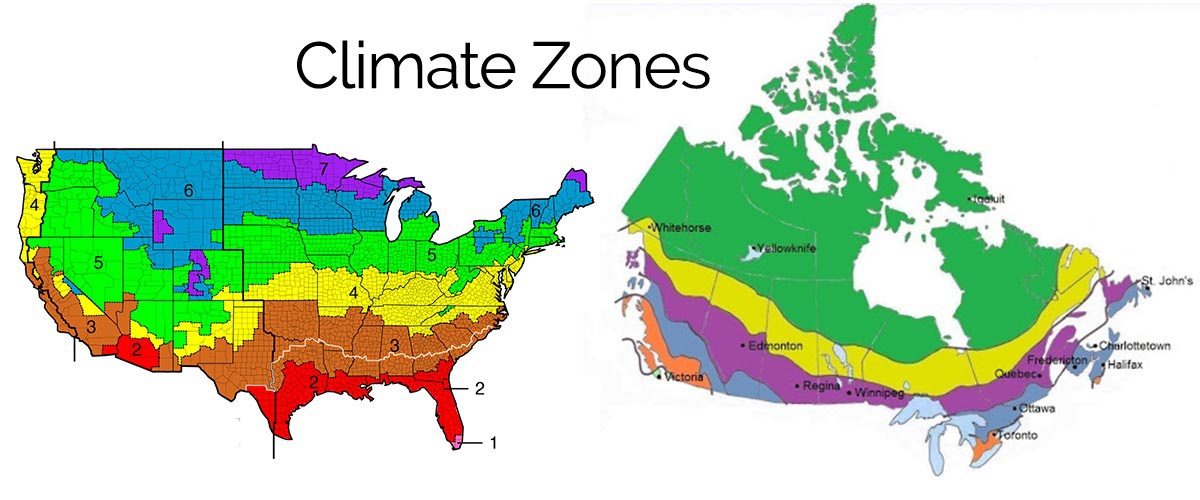
Building Climate Zones Usa Canada Why It S Important Ecohome
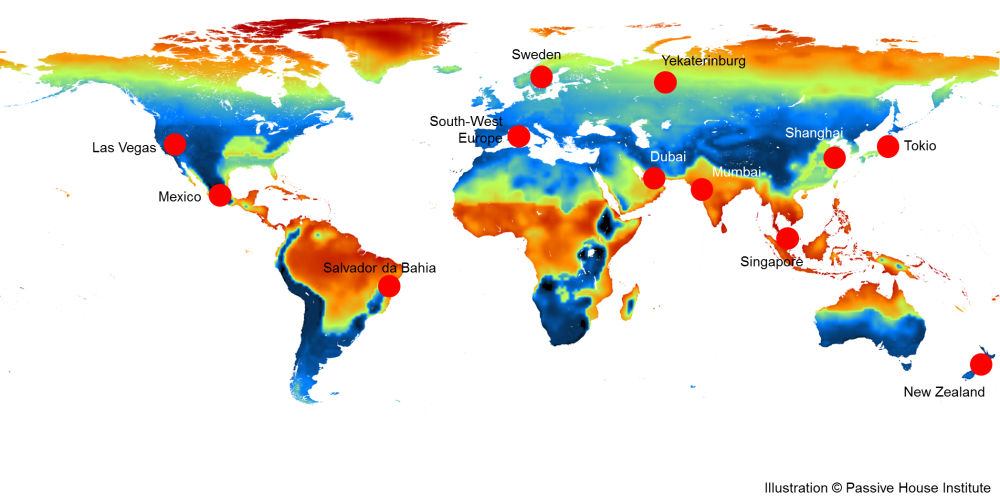
Passive House Buildings In Different Climates

Cold And Cloudy Climatic Region

Does The Passive House Standard Make Sense In Cold Climates

World Map Of Passive House Climate Zones Following Krick 2012 Download Scientific Diagram
Https Www Ripublication Com Irph Ijert Spl17 Ijertv10n1spl 06 Pdf

Cold And Cloudy Climatic Region
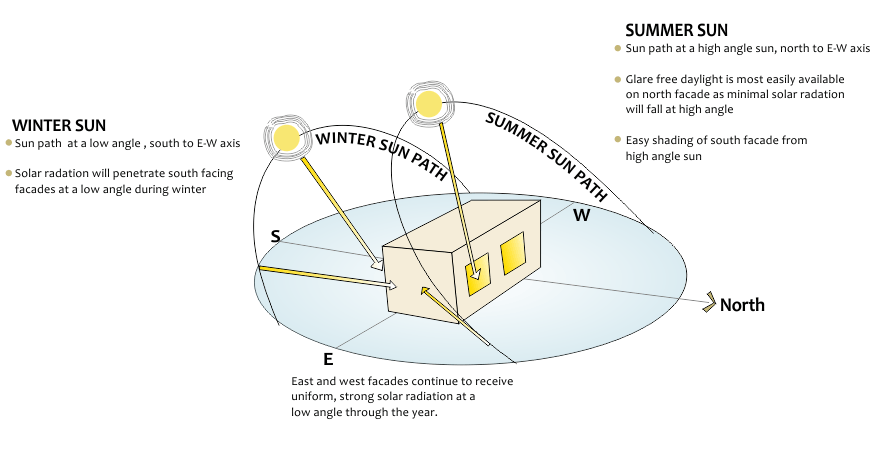
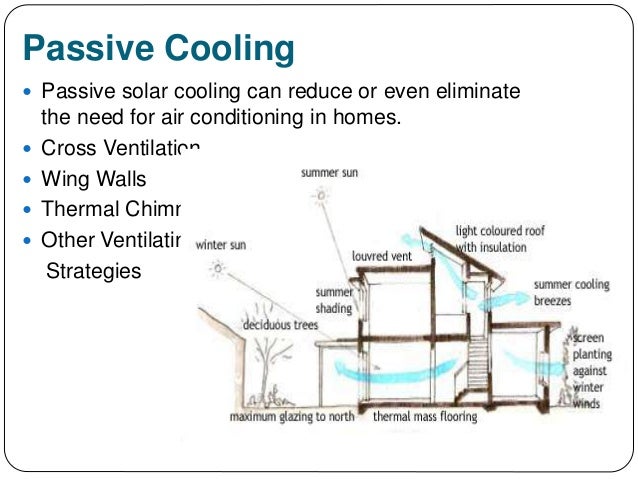

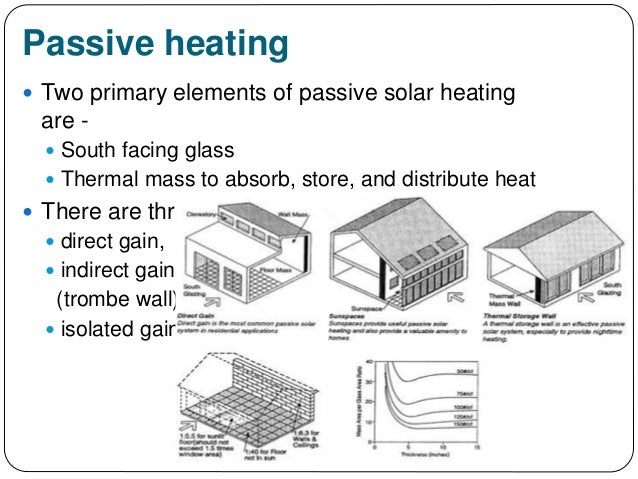
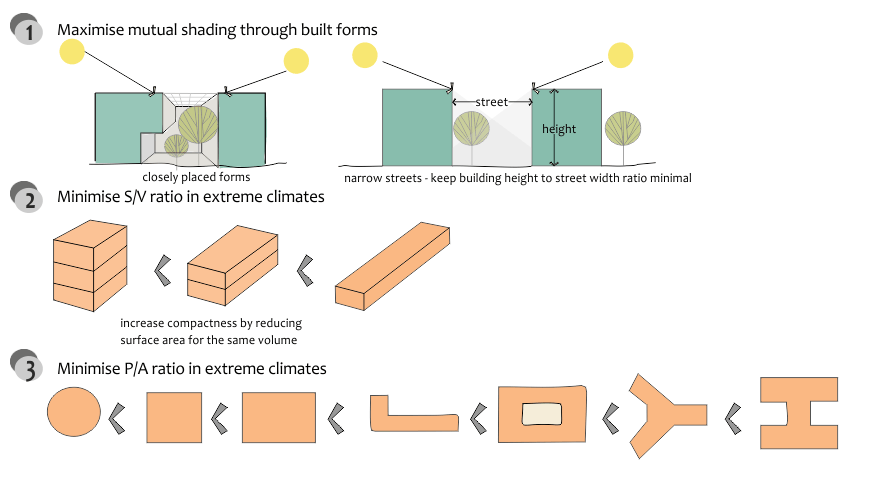
Comments
Post a Comment